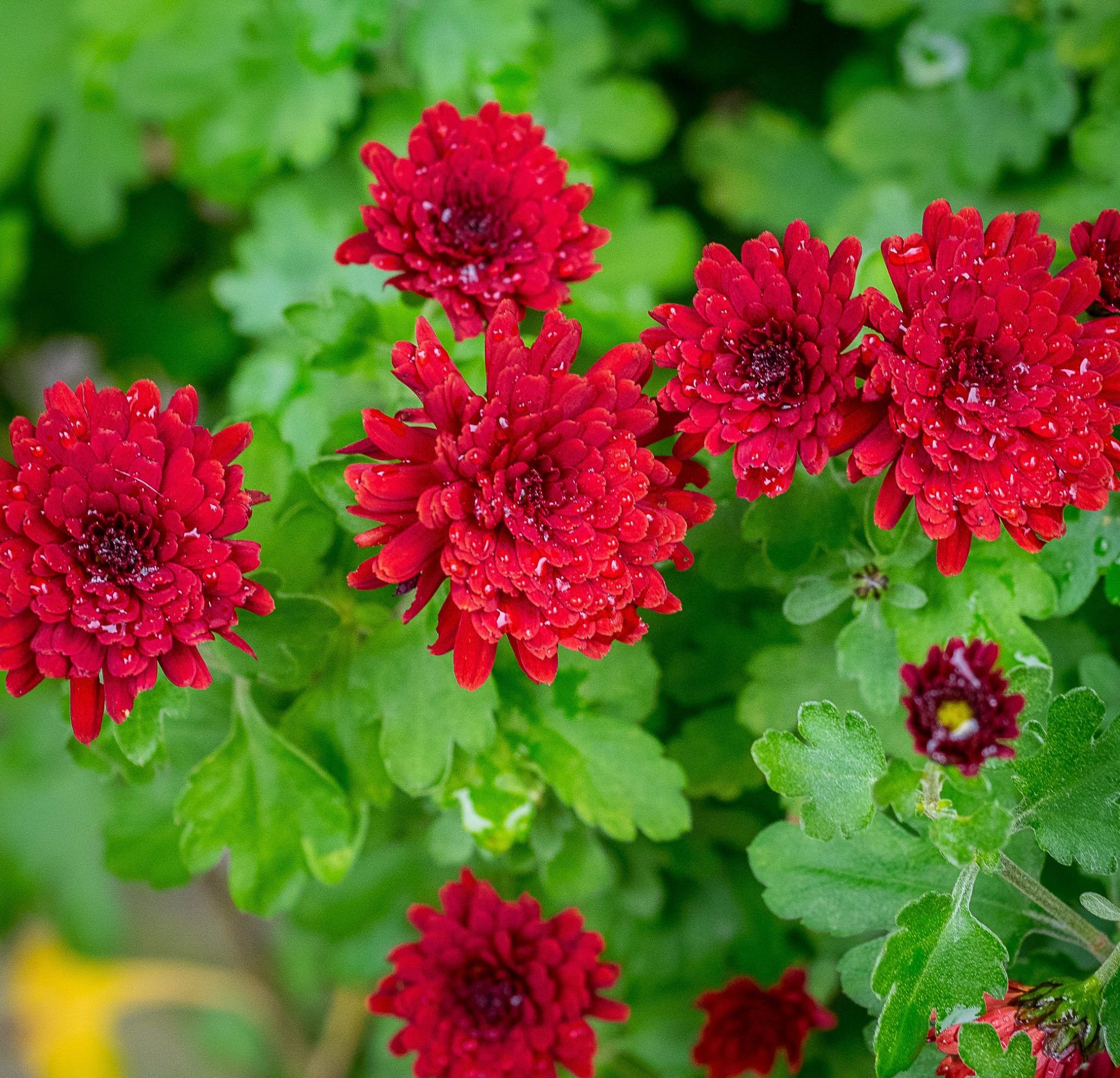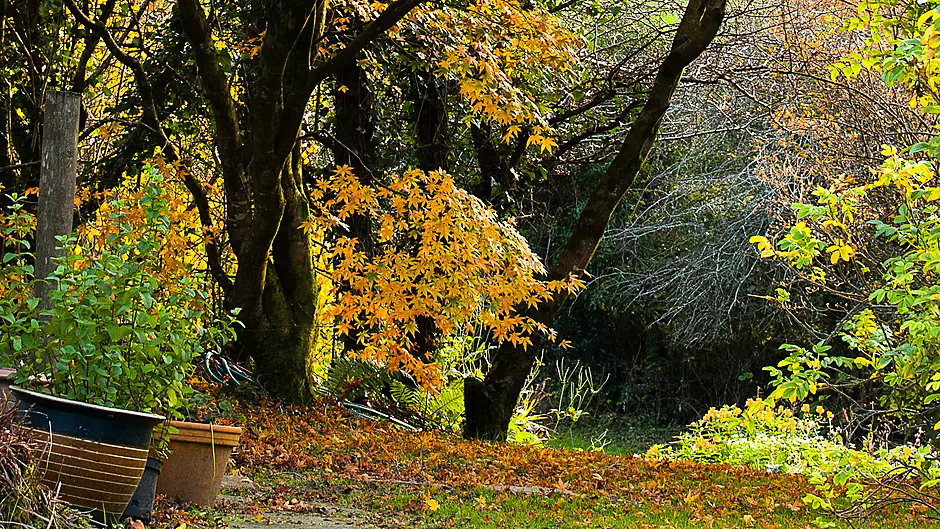
DOES November count as autumn or winter? It depends where you live and who you ask. For those that assert spring arrives when February comes in, then winter may be the answer. For those that say spring waits until the beginning of March, then autumn seems to be the right name.
I prefer to look out of the window, put on a coat and head outdoors. If the weather is lovely then it doesn’t matter much what the season is called. Go by what is actually happening! As long as it is warm and dry enough to work comfortably, then put the garden to bed and get jobs done. It’s much easier to work when the weather is kind – no one likes cold fingers in frosty ground, whether it is winter or autumn.
Falling leaves
Some trees are already stripped of their leaves and others hang onto what they have for a while longer. Tall trees are more exposed to strong winds than small sheltered ones, but all deciduous trees will eventually drop their leaves to the ground. It can be lovely to look at the carpet of colour and it can be fun to kick your way along leaf covered paths; the best action of all is to gather them up and use the bounty to care for the garden.
• Cover empty beds if you can. A thick layer of leaves will repel water and help prevent nutrients leaching out of the soil – you can always weight a layer of sheet polythene, or cardboard, over the top to keep leaves from blowing away. Leaves break down slowly, but they can help to build a good loose soil structure as earthworms pull them down below the soil’s surface. When I disturbed a leaf mulch last spring, the surface of the soil was teeming with healthy worm activity.
• Add thin layers to the compost heap between layers of nitrogen rich material. The balance of the two types of layer will provide what you need for an active heap.
• Stack leaves up in a chicken-wire bin, or stuff them in hessian bags and stand them in a quiet corner of the garden. It will take a year, or maybe two, for the contents to break down to a crumbly brown mix – excellent for adding to compost when sowing seeds in pots, or in the bottom of a drill when sowing carrots.
 Plant seedlings out in the greenhouse or polytunnel as soon as you can.
Plant seedlings out in the greenhouse or polytunnel as soon as you can.
Sowing and planting
You can still get a few things into the ground in November, but you would want to act fast. If you haven’t sown autumn planting varieties of peas and broad beans, then start seed in pots as soon as you can. You want to get plants big enough to go into the ground, in a greenhouse or a cloche, before the weather gets seriously cold.
Spinach, chard, and lettuce plants may be quite small and they won’t look as robust as their spring sown cousins. If you have a polytunnel or greenhouse you can plant them in the border soil while plants are small. I put a jam jar over each one, to provide a little extra night-time warmth and protect plants from slugs (watch out for cutworms which can emerge through the soil and nip young lettuce plants, even under a jar). Remove jars on hot sunny days, so plants don’t overheat and wilt.
 Late flowering chrysanthemums.
Late flowering chrysanthemums.
Onions and Garlic
Green shoots usually pop up a little sooner from autumn planting onion sets than they do from garlic cloves. Be patient and you should have plenty of strong green shoots around three weeks after planting them. If there are gaps in rows, then there is still time to push in another onion set, or garlic clove, to fill the space – these won’t grow quite as big as the earlier planting, but they will still make useable bulbs.
Keep rows covered with enviromesh, or other similar porous garden covering. You are aiming to grow some strong green shoots, so that plants are hardy enough to survive the coldest months.
Keep an eye on the onion and garlic bed and if it gets too wet, then be prepared to dig drains. These plants don’t like a dry soil and they really don’t like a waterlogged one. Try to divert water away if the soil is too wet.
Flowering ‘Mums
Chrysanthemums work hard in the garden. They push out flowers right through the autumn and even up to the end of the year if the weather is kind. I like growing plants in pots, so they don’t have to contend with all the challenges of an exposed mountain garden. Take care of plants and they will reward you well. Trim back straggly stems and take cuttings when flowering is finished if you want to grow new plants. Feed and mulch in the spring.







